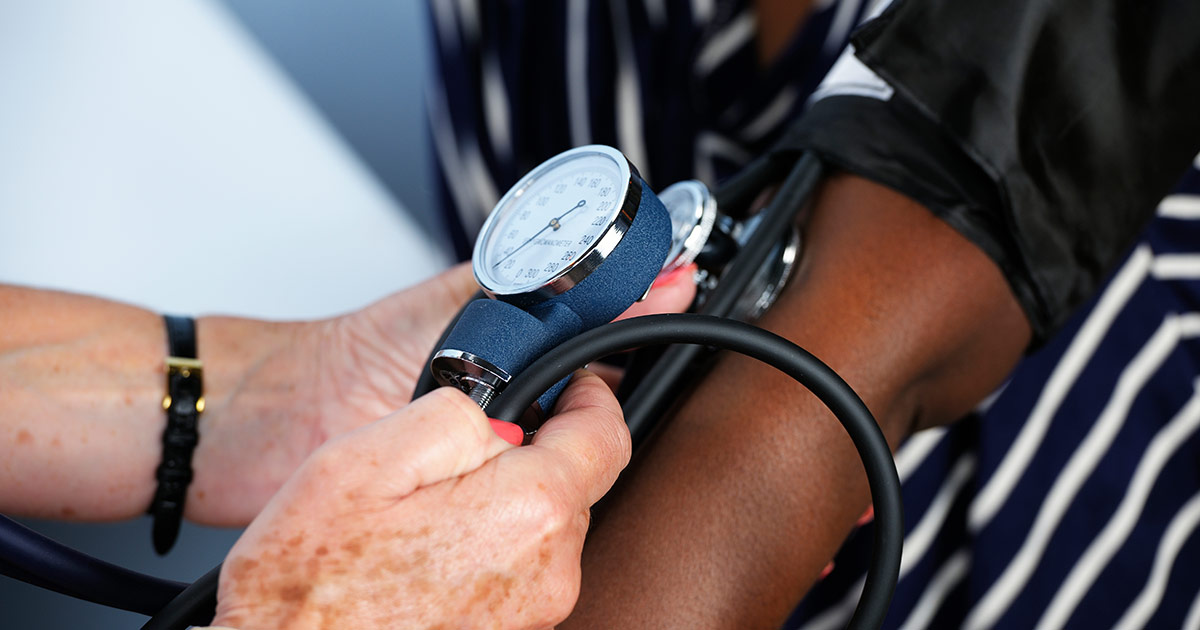Symptoms Of Hypervolemia
Hypervolemia is a condition where the levels of fluid in the body, including the fluid part of the blood, are too high. Hypervolemia is rarely a stand-alone condition but a sign something else is wrong. These disorders include heart failure in the right ventricle, cirrhosis, kidney failure, and nephrotic syndrome, which happens when too much protein is excreted in the urine. Hypervolemia can also occur in the days before a woman’s menstrual period or during pregnancy. If hypervolemia goes untreated, it can make it hard for wounds to heal, cause tissue to break down, damage the heart, and interfere with bowel function. Get familiar with the major symptoms of hypervolemia now.
Swelling In Arms And Legs

Swelling in the arms and legs is often called edema, and can indicate hypervolemia, as hypervolemia can cause the fluid to collect beneath the skin and in the body in abnormal ways. The peripheral edema that results in swelling in arms and legs happens when the capillaries beneath the skin start to leak, causing the tissues around them to swell like sponges. The extremities not only swell, but the skin appears shiny, and if someone presses their finger against the skin, it leaves an indentation that lasts for a while, the name for which is pitting edema. The swelling is also dependent on the body position. Swelling in the appendages goes down when the patient lies on their back.
Learn more of the signs now.
Shortness Of Breath

Edema caused by hypervolemia can also affect the lungs and is called pulmonary edema. It results when the fluid starts backing up into the lungs and collecting in the alveoli, which are tiny air sacs where oxygen and carbon dioxide are exchanged. When this symptom manifests, the patient has shortness of breath even when lying flat on their back. Indeed, the symptoms worsen when the patient lies down, and they may feel like they are drowning or suffocating and start to panic. Patients may also wake up gasping for air and may need to pile pillows at the head of their bed to sleep comfortably.
Uncover more of the potential symptoms of hypervolemia now.
Rapid Unexplained Weight Gain

Patients who have hypervolemia will also likely notice they suffer rapid unexplained weight gain, even when eating normally and trying to exercise. This is because there is so much excess fluid, which is mostly water and salt, that it adds to their weight.
According to research, the average weight gain in a patient with hypervolemia is twenty to twenty-four pounds. Unlike weight gain caused by the accumulation of fat, which is gradual, this rapid unexplained weight gain can happen over mere days. In some cases, the person notices they have gained a significant amount of weight over the course of several hours.
Learn more about the warning signs of hypervolemia now.
Abdominal Swelling

Abdominal swelling due to hypervolemia, also called ascites, occurs when the excess fluid accumulates in the abdominal cavity. Sometimes, the abdominal swelling is minor and may not be noticed. Patients usually seek medical help after the swelling becomes noticeable, does not go away, and their abdomen starts to feel weighty or full as if they’ve eaten a heavy meal. They may also find it hard to breathe because their swollen abdomen interferes with the action of their diaphragm, a sheet of muscle beneath the lungs that helps in breathing. Some patients have so much fluid in their abdomen that the doctor notices a wave of fluid when they push on one side of the distended abdomen.
Continue reading for more information about symptoms now.
High Blood Pressure

In adults, blood pressure is normal when it is between 100/60 millimeters of mercury (mmHg) to 130/80 mmHg, and high when the blood pressure stays above 140/90 mmHg. The excess fluid in the blood vessels caused by hypervolemia leads to hypertension. Symptoms of hypertension are often silent, and the patient often doesn’t know they have it until their doctor checks their blood pressure during a regular exam. Even with no other co-morbidities, untreated hypertension can lead to heart attack, stroke, congestive heart failure, kidney failure, and pulmonary edema.